Charles Darwin and the Beagle voyage
by Ailsa Harvey · 19/07/2021
How the father of evolution's five-year trip changed the way we think about life on Earth
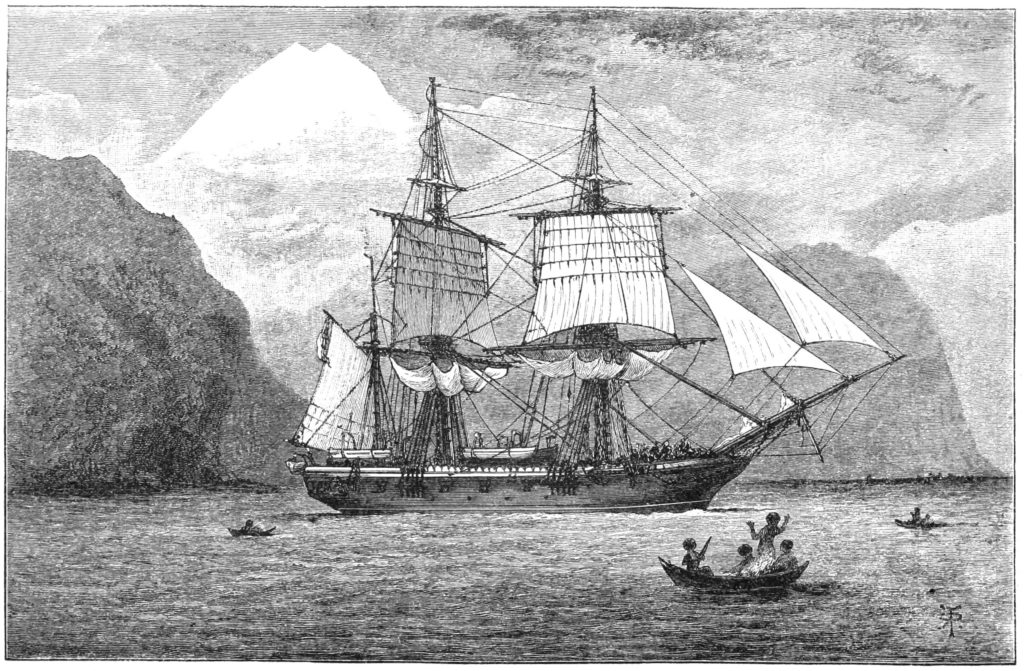
(Image source: Wikimedia Commons)
How do you even begin to predict how life on Earth first emerged? As just one of many millions of species living on this planet, humans are a curious one; we are constantly seeking answers to unknown questions. But perhaps the question that gives us the most purpose in life is trying to understand why we are here. What is our history and how did we become the species we are today?
Nowadays we are able to open a book or turn to the internet to look for these answers, but it would take a five-year sea voyage nearly 200 years ago to establish the modern understanding of how life on Earth evolved. Turning the clocks back to the 19th century, ideas about the world were very different to those commonly accepted today. Most people stuck to the belief that the planet’s design, and all of its inhabitants, were fixed. The world was the way it was because a creator made it like that. It had always been that way, and in most people’s eyes that way it would remain.
Today views are very different. We know that all organisms need to adapt to the environment in which they live. In a continuous competition for survival that sees the strongest species thriving, evolution is an ongoing process with no final destination. This is because Earth is also experiencing constant changes in structure and climate. Many diverse life forms are battling it out for their place in nature. Each and every change in an organism’s genetics has helped to create new branches on the tree of life, adding to global biodiversity.
But where did this theory of evolution come from? The answer is in its name – Darwinism. In 1831 a 22-year-old man called Charles Darwin agreed to take part in a trip of a lifetime. Not only would this trip help Darwin forge his future, it would also provide answers to many of the questions dividing scientists at the time. He would provide global evidence about the origin of species on Earth that most would come to accept. All it would take is one trip.
Why was Darwin chosen?
Enrolling at Edinburgh University at 16, Darwin first studied medicine. He soon learned that his passions lay elsewhere. As a student he spent much of his spare time absorbing natural history, and he became fascinated with animal biology. It became clear that medicine was not the future Darwin desired. With lectures failing to enthuse him and having discovered the gruesome nature of surgery, he left the university. Darwin’s father arranged his next step. He would become a priest, leaving for Christ’s College in Cambridge in 1828.
While here his true interests led to him befriending geologist Adam Sedgwick and botanist John Henslow. Freshly equipped with his bachelor of arts, it was as he questioned his future in 1831 that HMS Beagle was organising a round-the-world trip. The ship’s captain approached Henslow, asking for his recommendation of a naturalist and companion to join the voyage and embark on the study of a lifetime. There was only one answer: Charles Darwin.
The global tour:
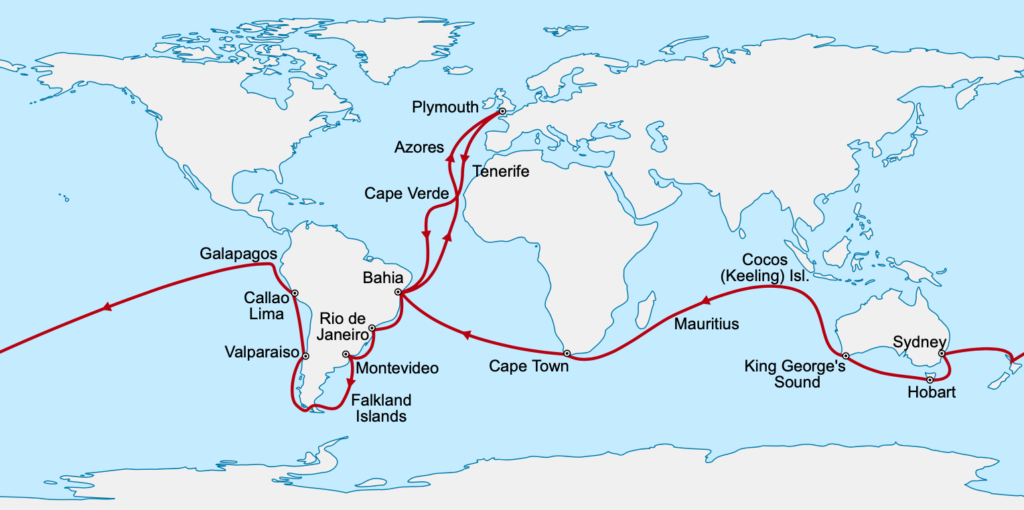
(Image credit: Sémhur/Wikimedia Commons)
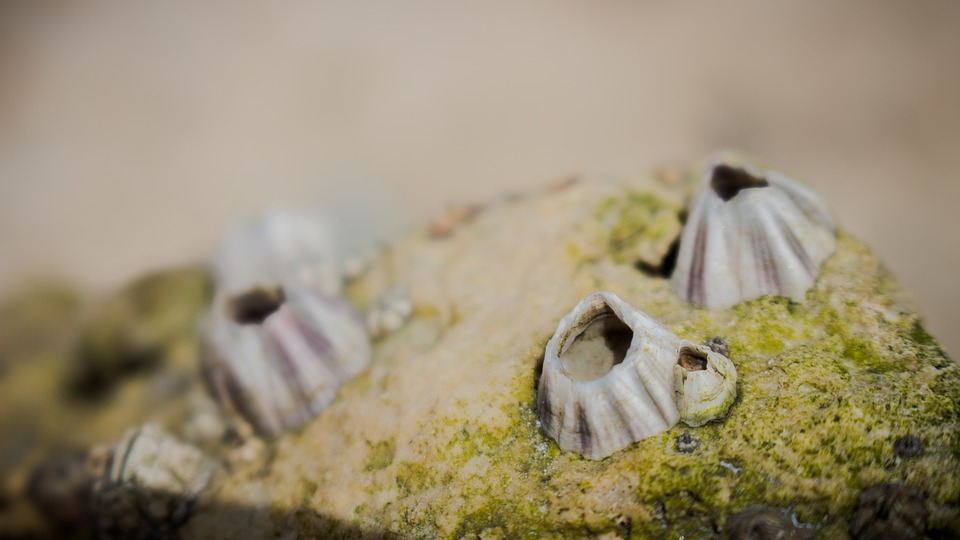
January 1832: Written in the rocks (St Jago, Cape Verde)
On his first stop Darwin began analysing the geology of the small Quail Island. He noticed a horizontal band of seashells in the rockface, far above the water. He believed the sea level must have dropped significantly. This was an early indication of how Earth continuously changes. (Image credit: oranfireblade/ Pixabay)
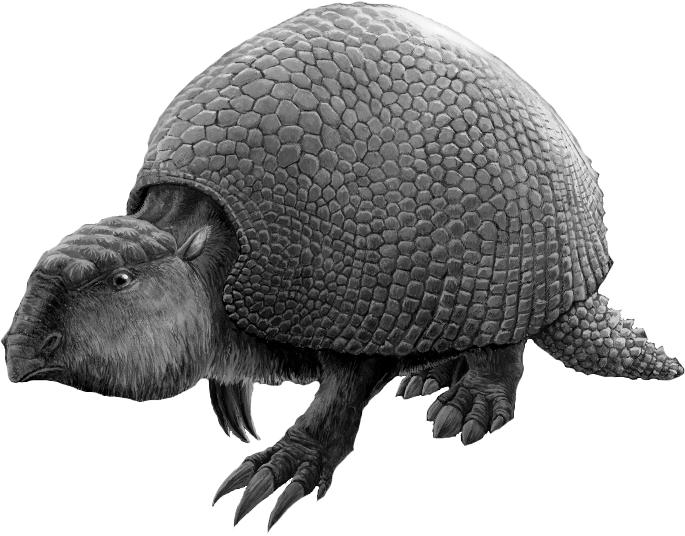
February 1832: Fossil finds (Bahia, Brazil)
Here Darwin stumbled across the large shell fossil of an extinct armadillo and the bones of giant ground sloths. As he watched the living armadillos run around the floor, he wondered how fossils and modern species could share so many similarities. He theorised there must be a link between the two. (Image credit: Wiki/Pavel.Riha.CB)
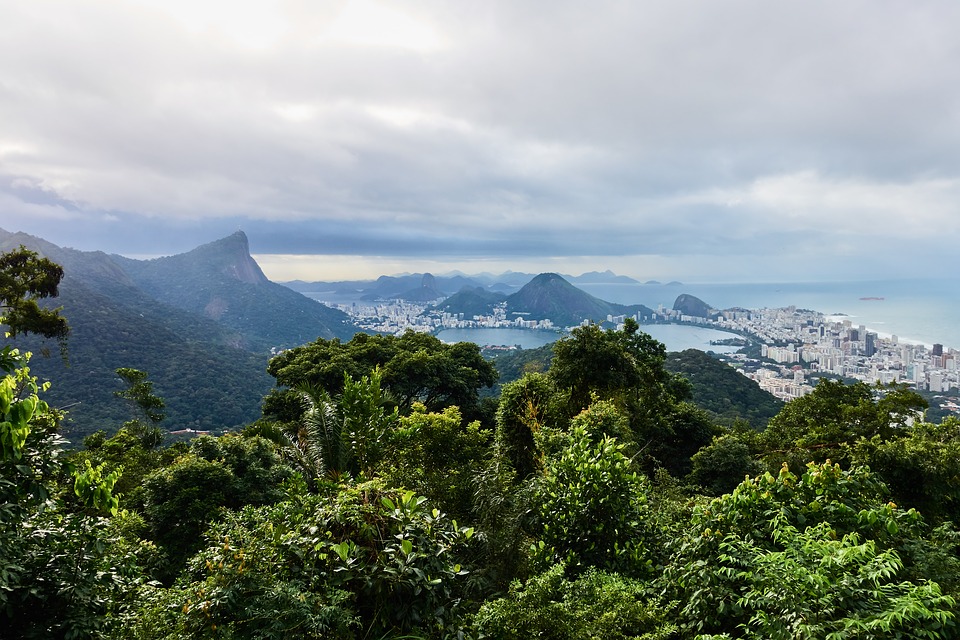
April 1832: Rainforest questions (Rio de Janeiro, Brazil)
Previously Darwin’s religion may have led him to see the good in Earth’s creations. However, when he was in the rainforest he spent months observing its diverse creatures. One of the insects he documented were parasitic wasps. He noted the ugly side of nature as he observed them laying eggs in live caterpillars. When the eggs hatched, the young wasps would eat the caterpillar alive.
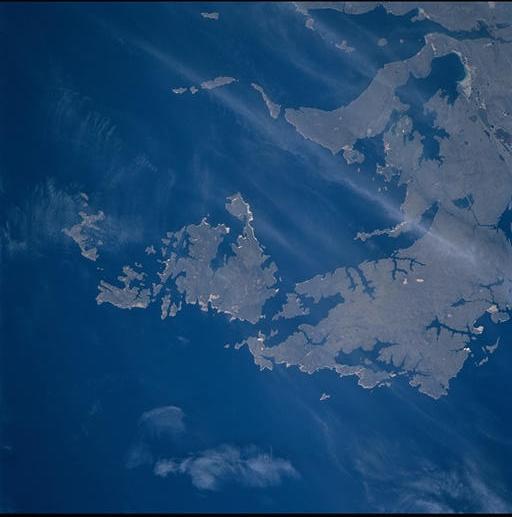
March 1833: Species survival (Falkland Islands)
These islands were significant to Darwin making his evolutionary links. After his first visit, he returned a year later in 1834 for further study. Some of the invertebrates he had observed during his time there produced eggs in their thousands. Darwin noted that only a few of these were successful in surviving. These early signs would lead him to explain the process of natural selection. (Image credit: NASA)
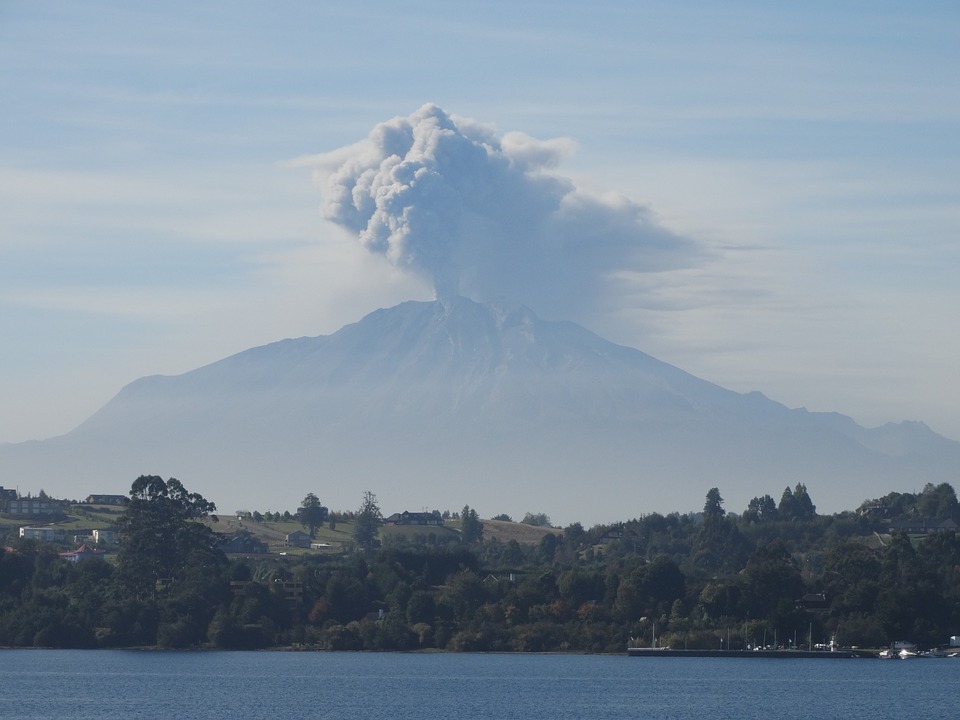
July 1834: Understanding Earth (Valparaíso, Chile)
This is where Darwin left the ship to study inland Chile. He spent over a year exploring this area, encouraged mostly by intrigue, but also his reluctance to return to the sea. Some of his most important experiences here were first-hand encounters of geological activity, including a huge earthquake, tsunami and volcanic eruption. He understood the planet was constantly shifting. (Image credit: ffuenzalida0/Pixabay)
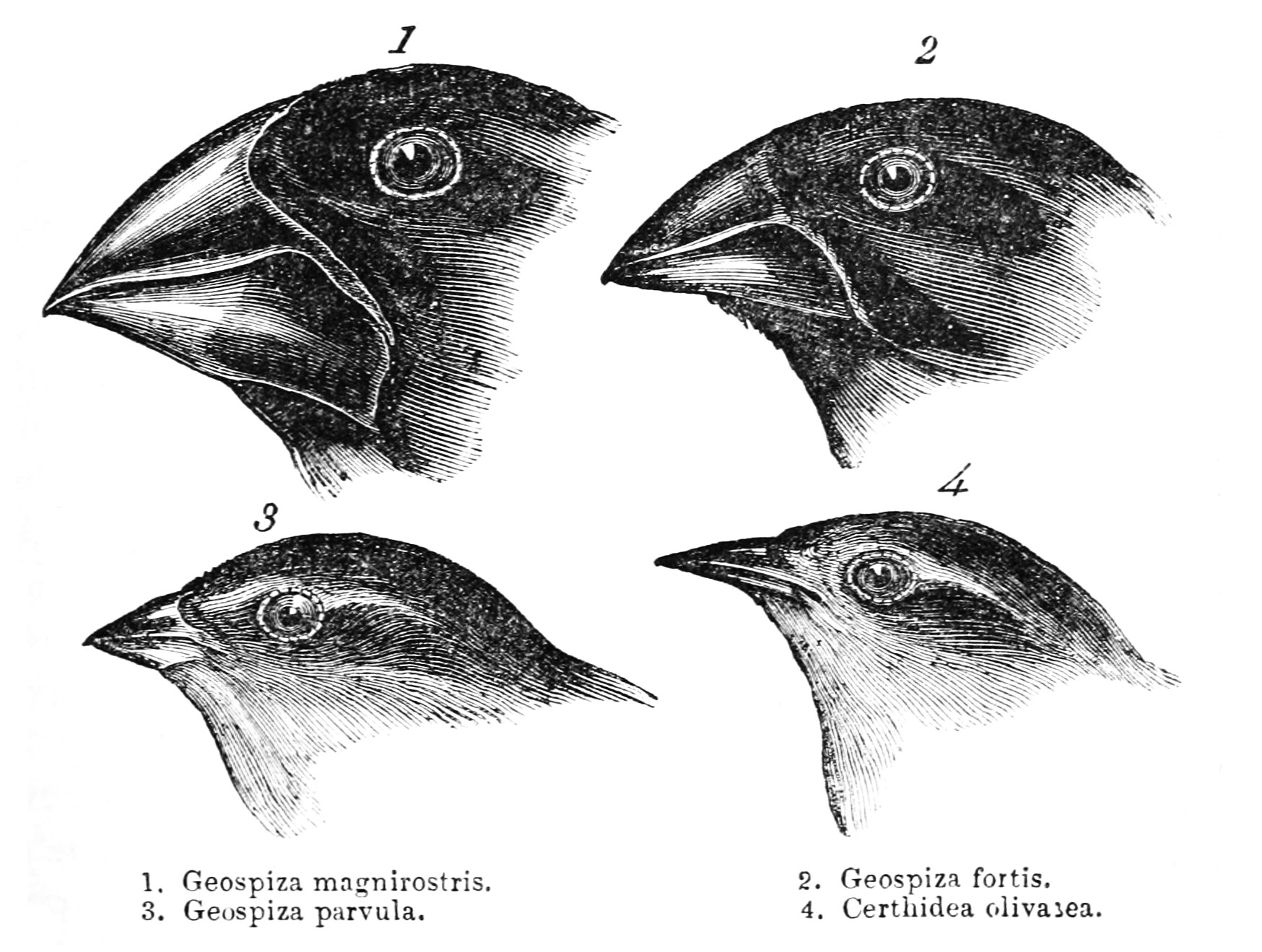
September 1835: The famous finches (Galápagos Islands, Ecuador)
Darwin had high hopes for the group of islands that were the Galápagos – and he wasn’t let down. He studied the volcanic landscape and array of plant life, but what became most significant was his analysis of the birds. As he travelled to the different islands he noticed slight differences in the finches. What he would later decide is that this was due to them evolving to live in each island’s unique environment. Another animal that helped solidify his theory was the giant Galápagos tortoise. His close inspection and documentation showed that their shell structure differed by location. When leaving the islands, the ship had a lengthy journey to make across the South Pacific Ocean. Darwin used this time to make links between his specimens. (Image credit: Wiki/John Gould)
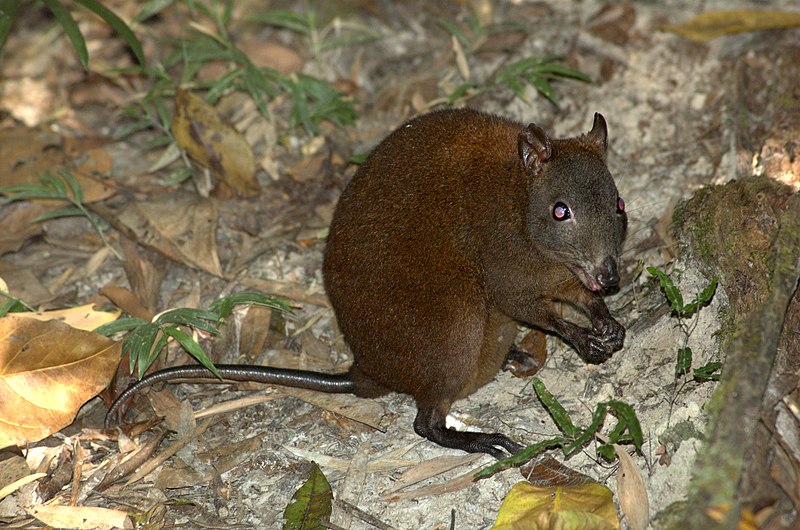
January 1836: Australia's oddities (Sydney, Australia)
Why would multiple sets of animals be created for the same life purpose? This is a question that struck Darwin as he watched the continent’s unfamiliar creatures in Sydney’s Blue Mountains. Here he saw his first platypus and rat-kangaroo. These two animals had evolved on their allocated landmass, far from the Northern Hemisphere, but they were carrying out the same function as animals like the rabbit and the water rat. In his diary he queried that if the animals were created in one permanent form, why would different sets of species be designed for two halves of the globe? (Image credit: PanBK/Wiki)
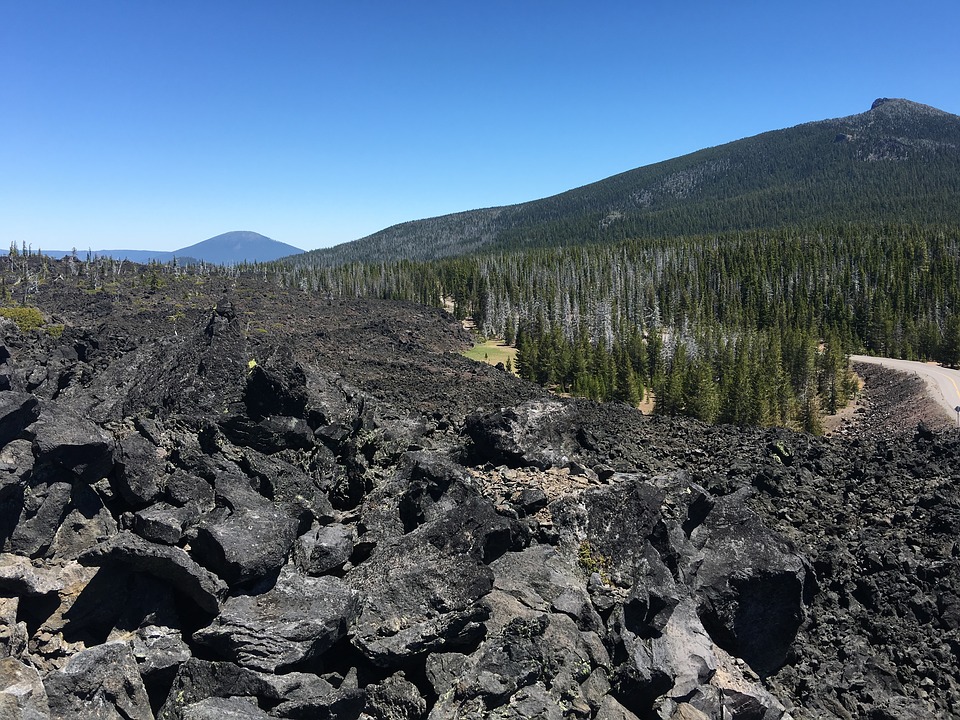
June 1836: Quick stop (Cape Town, South Africa)
Despite it being a relatively short stop to prepare for the sail home, Darwin didn’t put a halt to his research. In this area it was the rock formations that caught his interest. One of the arguments between geologists at the time was whether rocks such as granite were formed from molten rock or from seawater deposits. As Darwin surveyed the area, it became clear to him the rock was cooled, solidified magma. (Image credit: Brian Keast/ Pixabay)
This article was originally published in How It Works issue 138, written by Ailsa Harvey
For more science and technology articles, pick up the latest copy of How It Works from all good retailers or from our website now. If you have a tablet or smartphone, you can also download the digital version onto your iOS or Android device. To make sure you never miss an issue of How It Works magazine, subscribe today!





